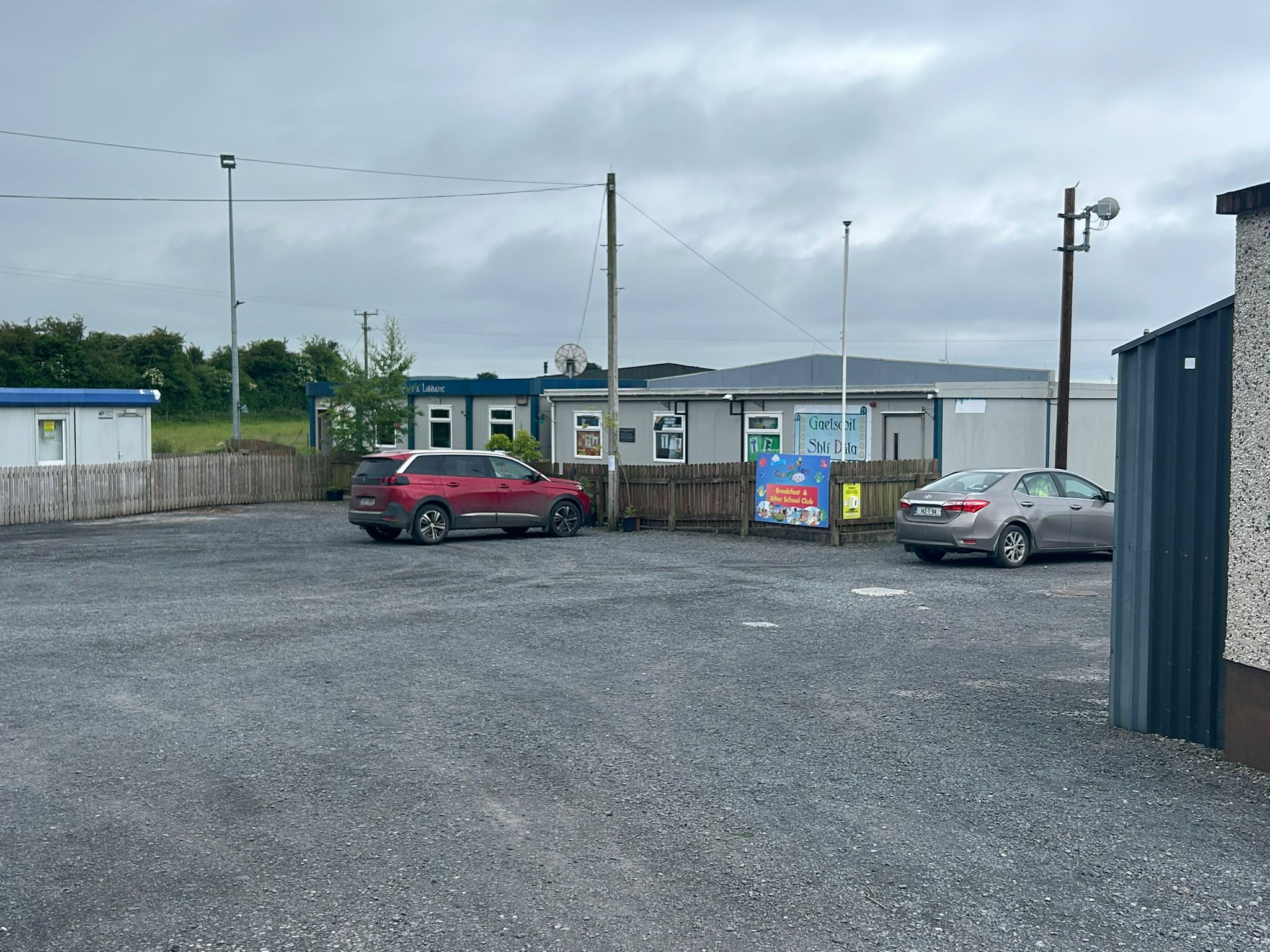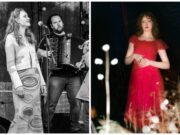‘Beidh rince fada againn más é is fearr. Ór is airgead, ól is beathuisce Óro, fad a mhairfímid beo’
That phase is attributed to Séamus Ó Coisdealbha and roughly translates as ‘We will have a long dance if you prefer, gold and silver, drink and whiskey, as long as we live’.
The sign, which are lyrics from the old Irish Song ‘The Cursed Kerryman’, hangs on one of the buildings of Gaelscoil Shlí Dála which is one of just three Irish primary schools in Laois.
Located in Ballaghmore and adjacent to the Kyle GAA pitch, it is the final school in the county before you cross into Tipperary.
With 39 mainstream pupils, Shlí Dála has two mainstream classrooms – one consisting of Junior Infants to Second Class and the other comprising of Third to Sixth.
Sinead Ní Chodlatúin is Muinteoir of the junior end while Róise Uí Chnáimhín in the teacher of the older class with Shona Ní Chnáimhín a Special Education Teacher – with Runaí Mary Nolan playing a vital role too.
They work under the stewardship of principal Treasa Uí Chinnéide who was kind enough to give up her time last week to talk to us about what it is like to work in and attend a Gaelscoil.
Gaelscoil Shlí Dála was founded in 2005, more than 30 years after the old school in the area had closed down.
Treasa said: “The school was founded in 2005 by a group of people in Muintir na Tíre who were seriously interested in Irish.
“Their own school had been closed in the 1970s and they were seriously disappointed that there was none in Ballaghmore – the old building has actually been demolished.
“But the local people felt bad about having to send their children to different areas for education so they came together and set up an Irish school.
“They began with eight students and one teacher in one portable cabin. Since then, we have grown and have 39 mainstream children with a second classroom.”
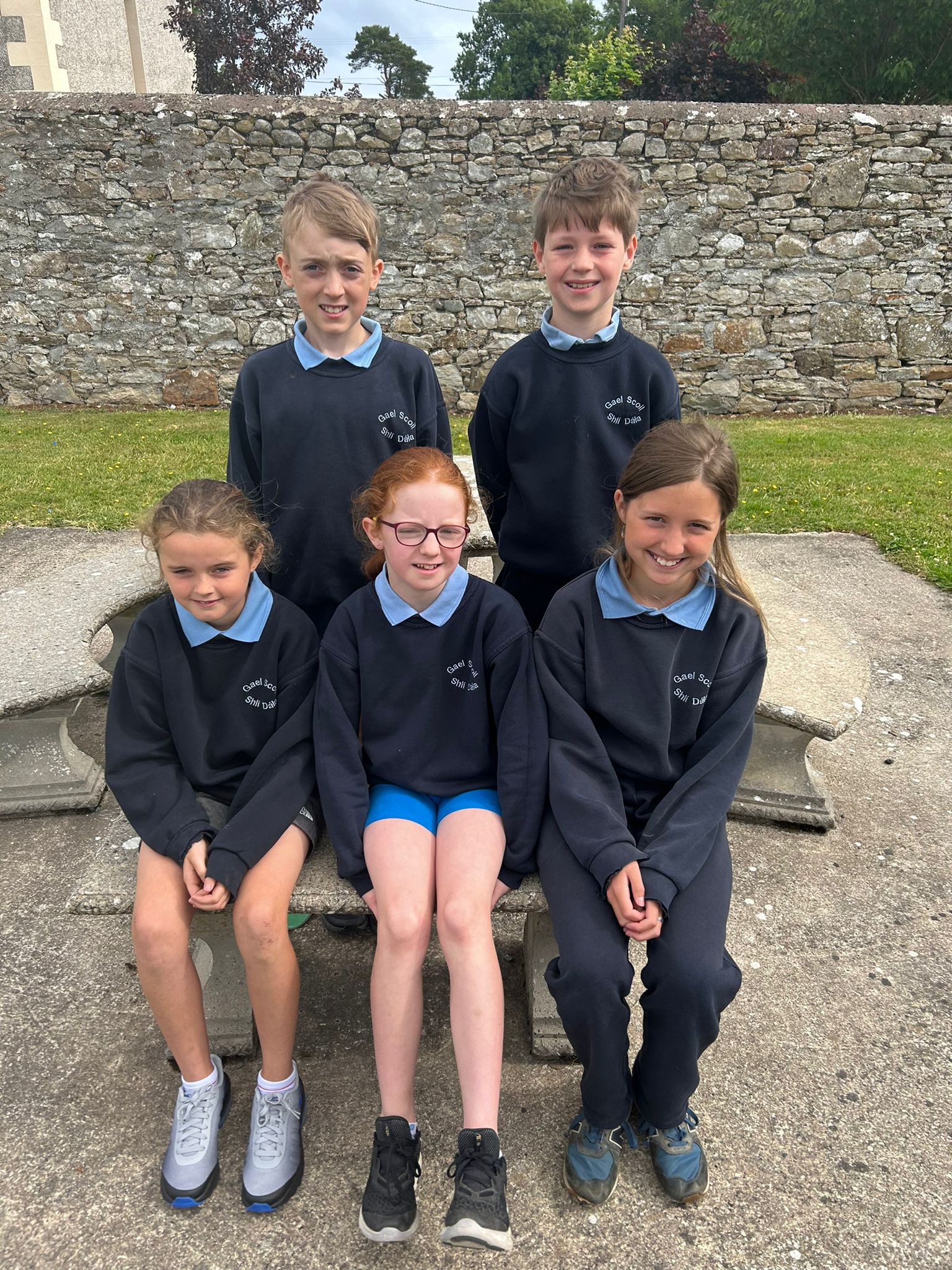
While the mainstream classes are taught through Irish, Gaelscoil Shlí Dála also has two early intervention ASD classes where the teaching is via English.
Anita Ryan and Catherine Cummins are the main teachers here while Eileen Daly, Eugene Kirwan, Olivia Byrne, Ann-Marie Delaney and Ann-Marie Lawlor are Special Needs Assistants.
“Our first ASD class came in 2015 and I came on board at that stage to take on that.
“Our ASD is for early intervention – for children aged 3-5 – we solely work to service the needs of the children, whether it be language, occupational therapy – following the Aistear curriculum.
“This is thought through English and we are working to get the children to reach their potential, whatever that may be.
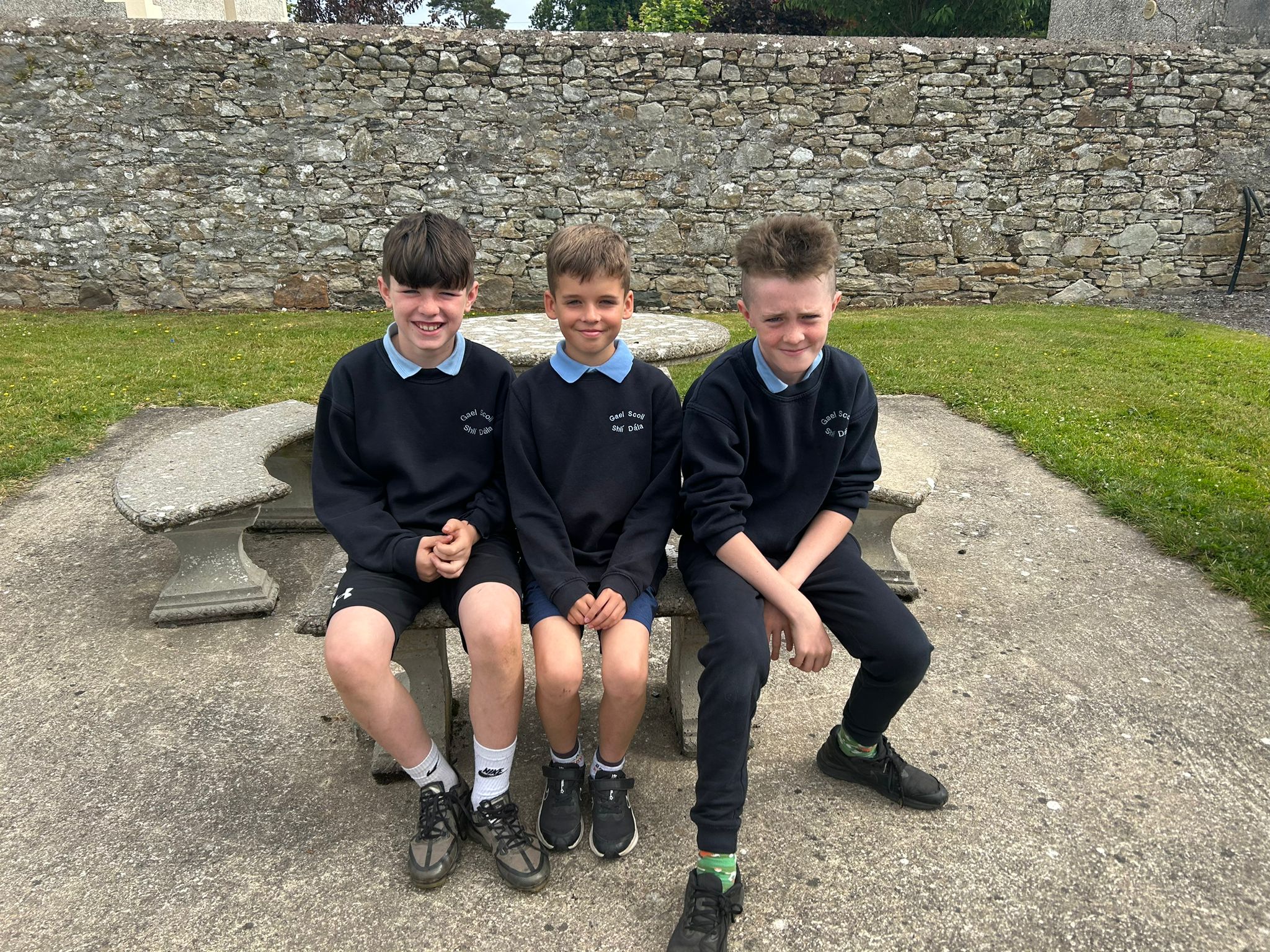
“In some cases, children come to us with no language and they leave us after two years ready to go into a mainstream setting – and many of these have gone on to do just that here.
“Some go back to their own areas to start mainstream school, others join a special class attached to a primary school and one or two joined a special school where their needs are best met.
“Then in 2018 we opened a second ASD class. In Budget 2022, the Minister for Education announced that schools with two or more special classes would get an administrative principal rather than a teaching one.
“So, I think we are just one of 35 small schools that fell into this category and I got the role last summer.”
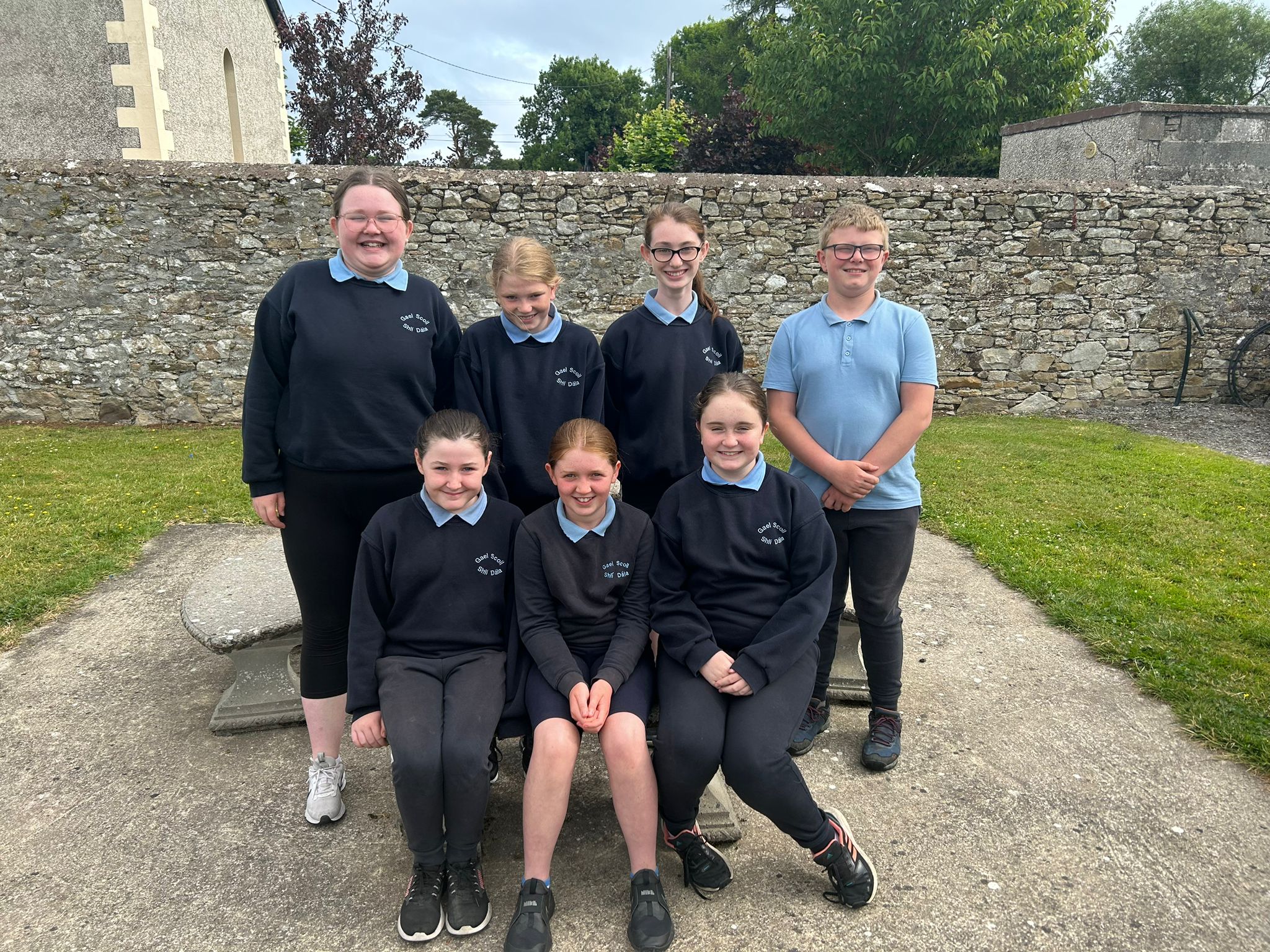
With any small school, the pressure of keeping enrolments up in order to maintain teacher numbers is always high.
However, Treasa put this high on the agenda when she took the job last year and has come up with a solution that is bearing fruit already.
She explained: “My first worry was that we didn’t have the numbers coming it at the bottom to replace what we were losing at the top.
“So I did some research and I found a childcare company that were willing to set up a base in the hall from September.
“They are called Caterpillar Childcare and Creche and will cater from small babies to children of 13. They will do before and after school, pre-school and babies.
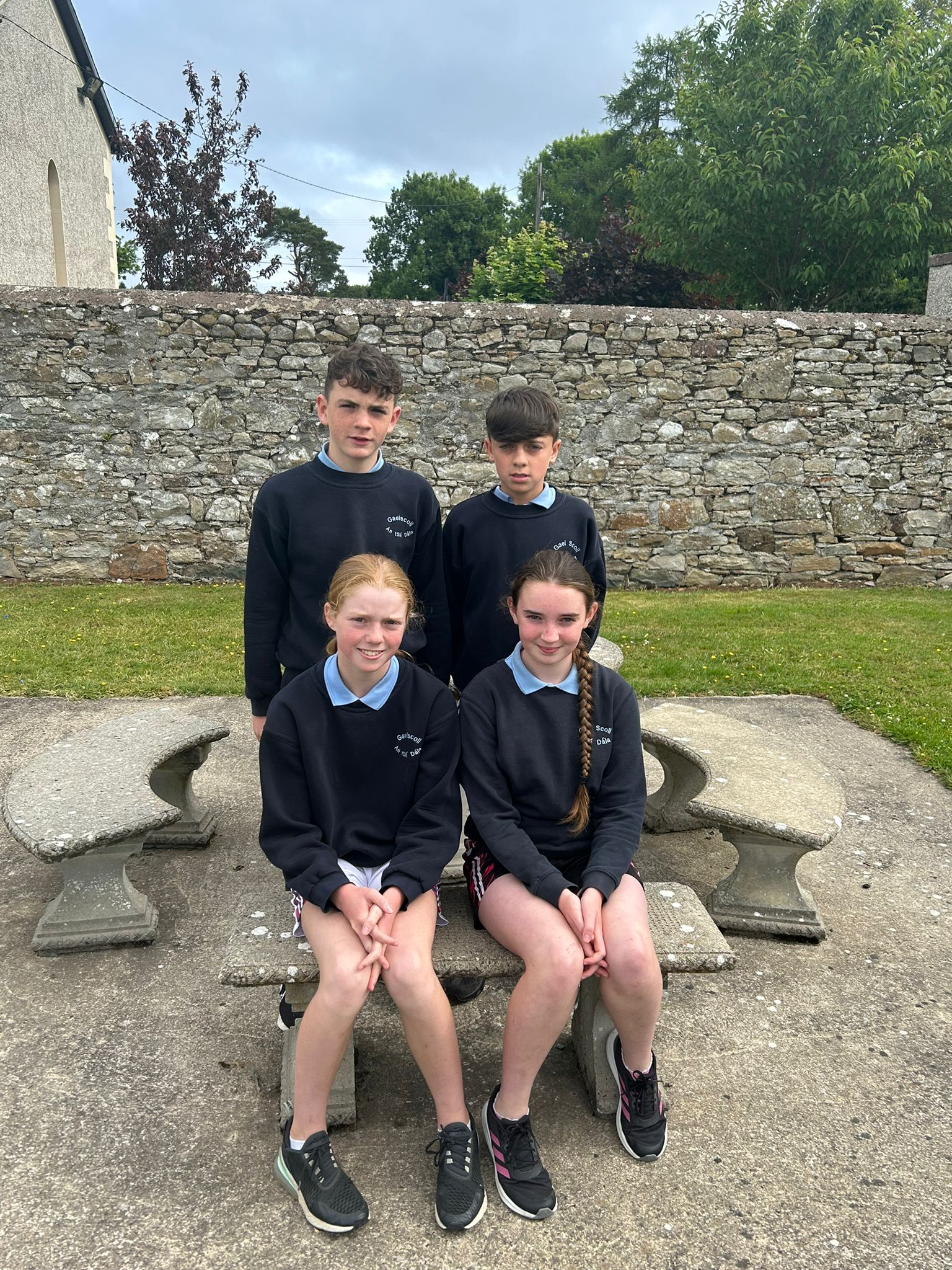
“So I am expecting and hoping that this will add numbers to the school. You will now find that if you have to travel for work from 7am in the morning, they can be catered for, and you can collect them as late as 6pm if needed.
“It is almost a full day and while not too many parents will do this, the option is there.”
As for the 39 children in the mainstream part of the school, they come from areas both inside and outside of the county.
Borris-In-Ossory, Ballyfin, Camross, Moneygall and Roscrea have all been represented over the years. While in the ASD end, children are bussed in from the likes of Portlaoise and Portarlington.
That creates an eclectic and diverse community and with a focus on Irish, the children take part in a range of activities.
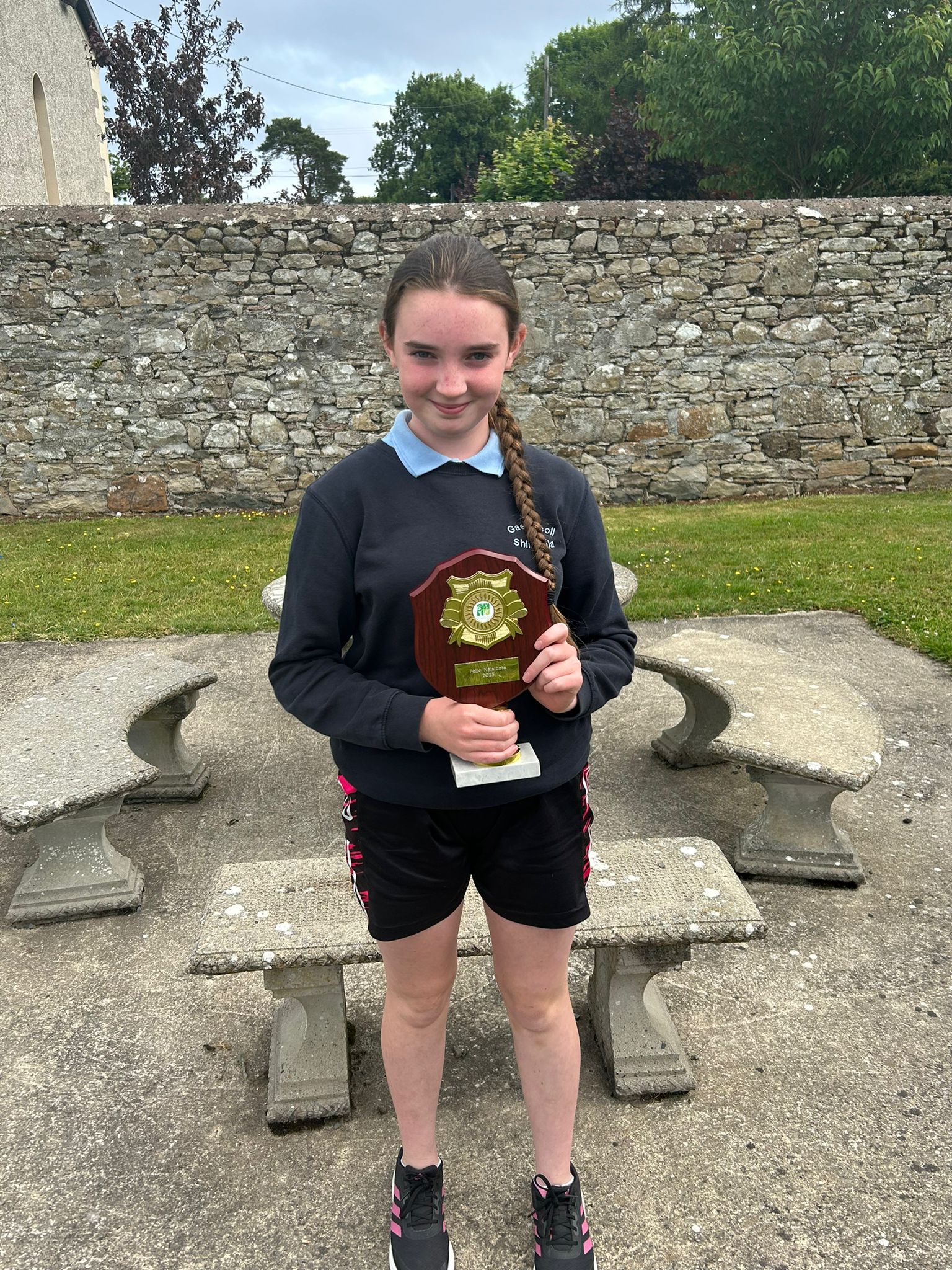
Tresa explained: “We are very much into the Irish culture. We do a lot of music and drama for example.
“We also take part in Cumann na mBunscol and won both the hurling and football this year – the first time we ever won and something we are immensely proud of.
“We got to the final of the Feile Scoil Dramaíochta and a lot of our children will feature for their clubs in Scór and the Fleadh.
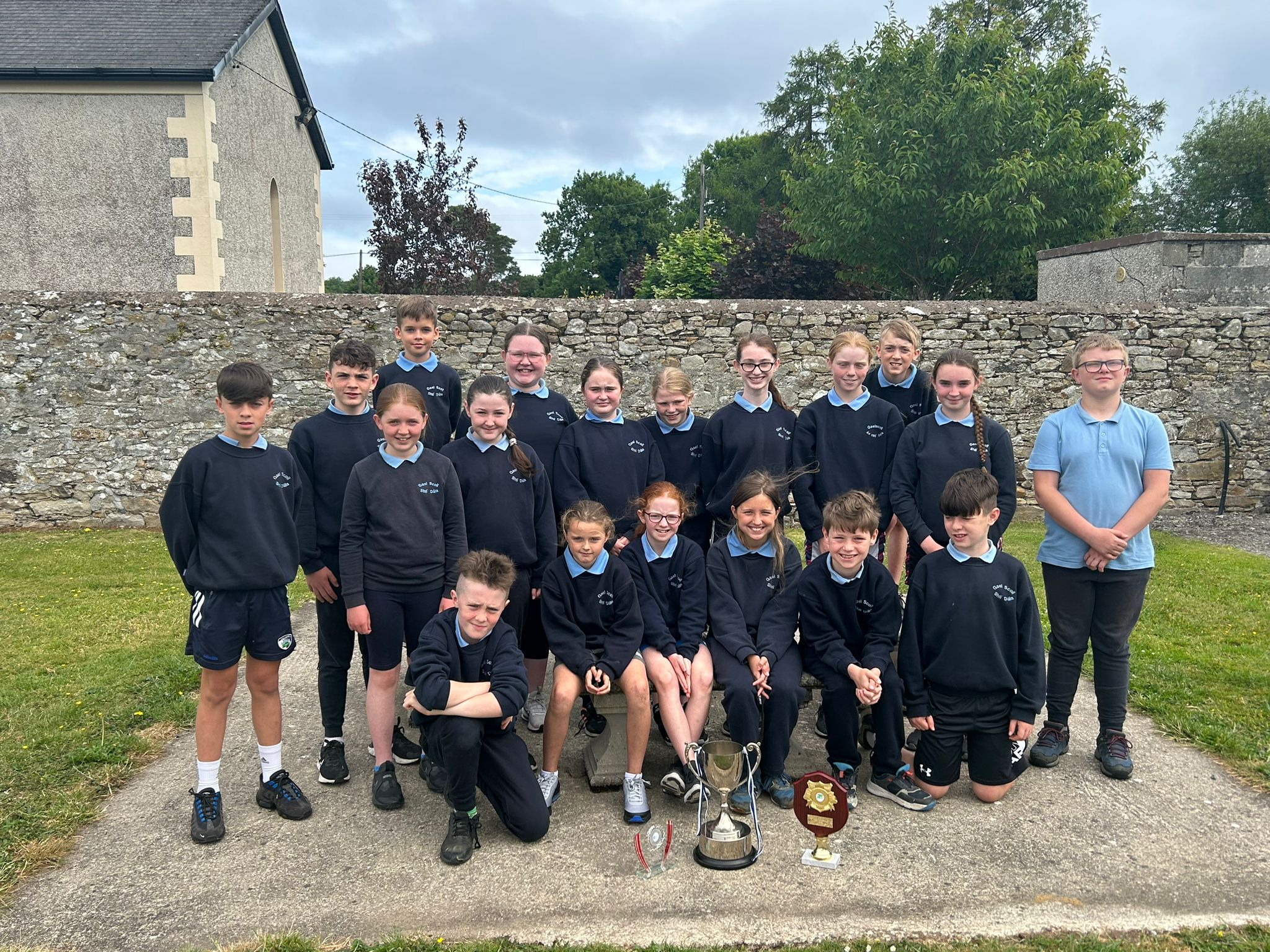
“Shona and Róise do incredible work here to train the children for all of these.
“We have also been involved in Fís which is run by the Portlaoise Education Centre and the children make their own films which are shown in the cinema.
“We also do tennis, swimming and all the other typical things that you would expect of a primary school.”
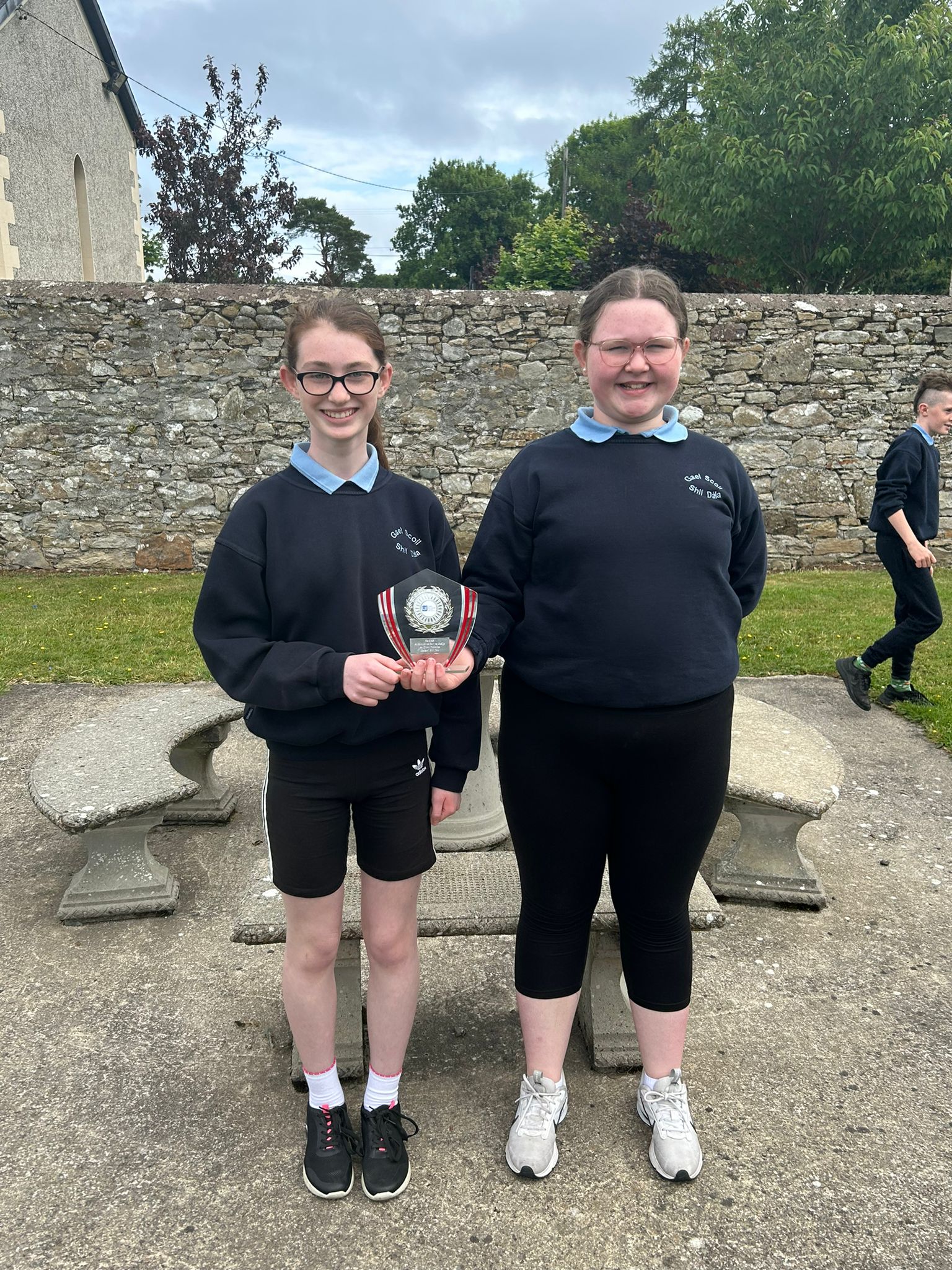
Gaelscoil Shlí Dala is dual denominational school – both Catholic and Church of Ireland – and the children experience what is called ‘full immersion’ when it comes to Irish.
While some parents may be reluctant to send their children to a Gaelscoil as their own standard of Irish may be poor, principal Tresa says that this should not be a fear.
She said: “In so far as we can, we speak Irish, but if a parent does not have it, we communicate in English where necessary.
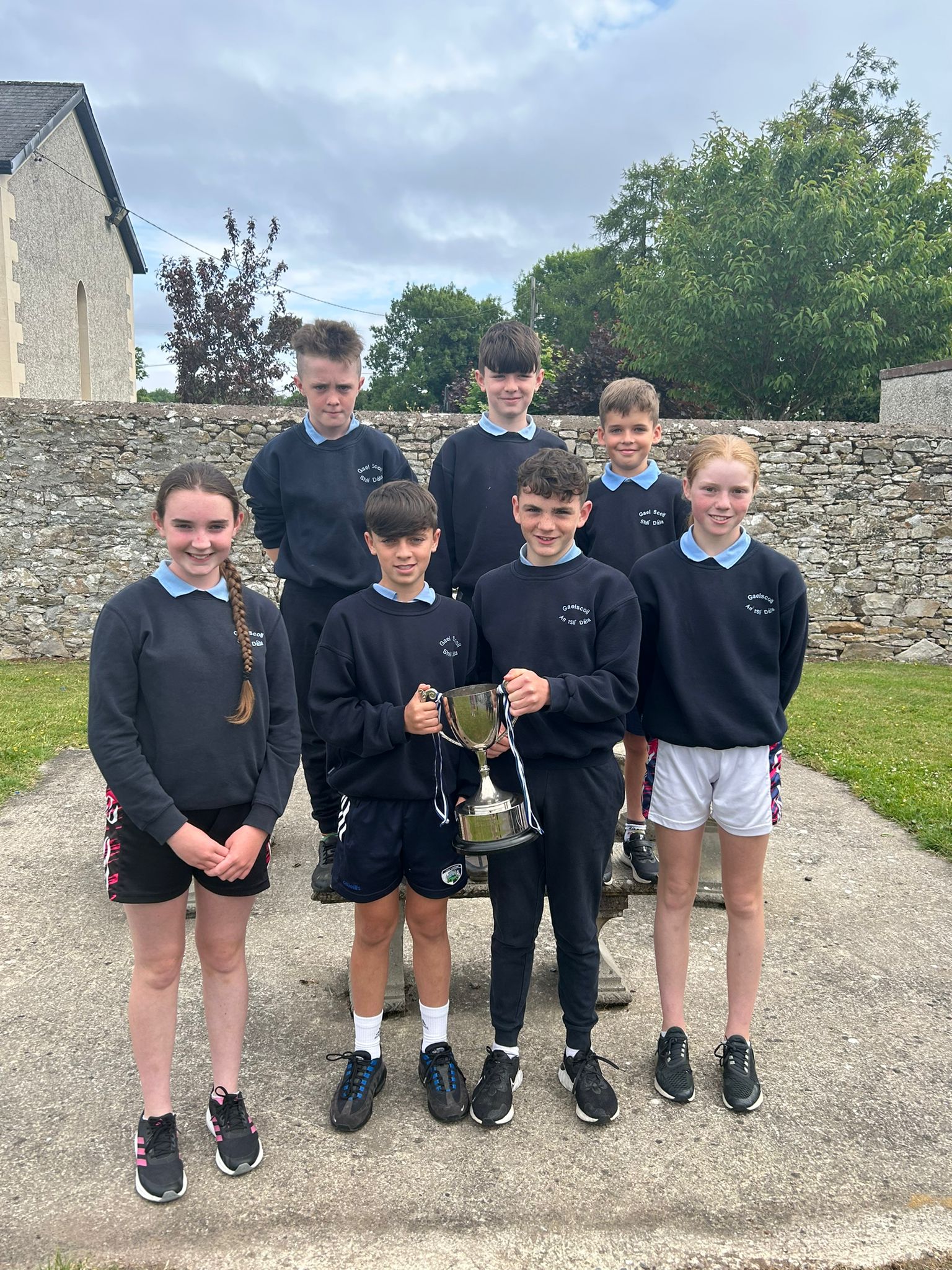
“We generally have a no homework policy. We do the majority of our work in school and any homework would usually be project based.
“So it could be to go to the library, interview somebody – we discovered that doing homework was only adding an extra layer of stress to parents that they didn’t need and we felt was not beneficial anyway.
“When children enter at Junior Infants, we do what is called ‘full immersion’ with them, we only speak Irish.
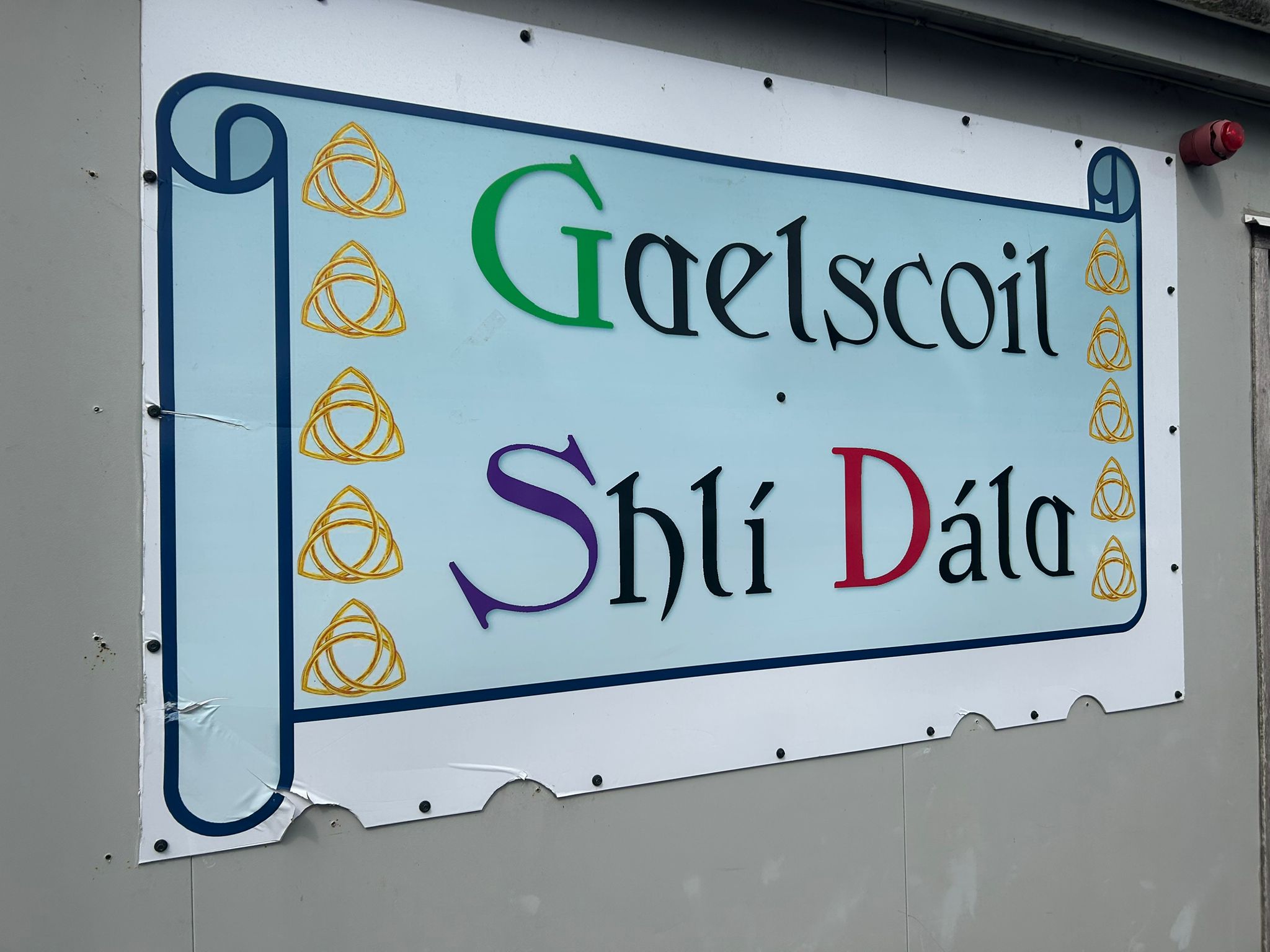
“We will translate it for the little ones as they don’t understand it but the idea is that they only hear Irish except for English classes which are taught through English.
“The children speak Irish everywhere. They were on a school tour to the zoo recently and they were commended on the train by the conductor for doing this.
“They do it because it is natural for them. Even the younger ones, they might only have one word but that is built upon.
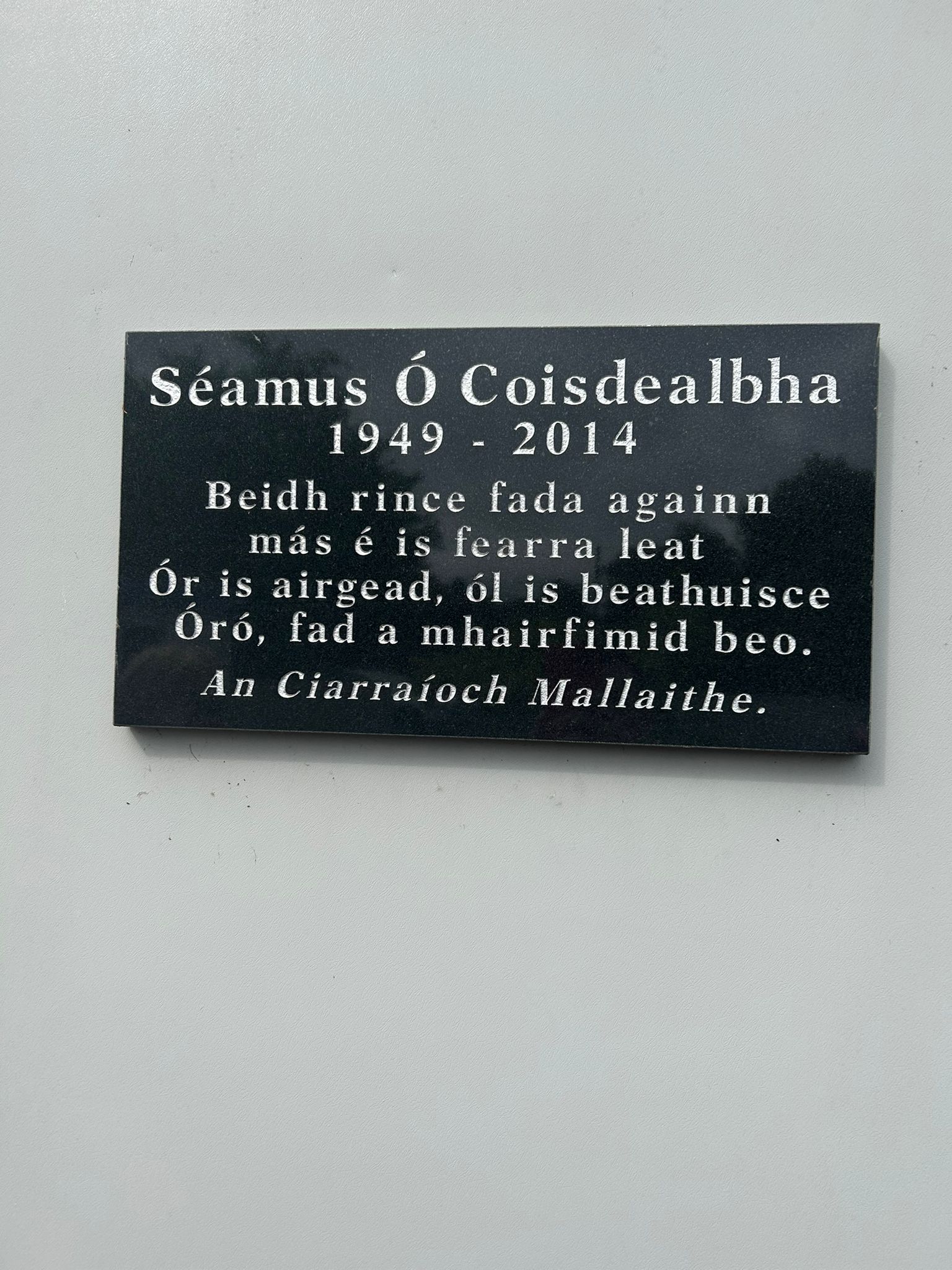
“And it is proven that children who learn a second language at an early age find it easier to learn further languages as they grow up. And with the way the world is going, I think that is so important because we are so multi-cultural and international now that learning other languages is crucial.
“The older classes here learn a lot about verbs and grammar but they can also speak the language easily which is huge benefit for them when they go to secondary school.”
Gaelscoil Shlí Dála also has a policy of ‘reverse integration’ – something that we witnessed first hand on our visit last week.
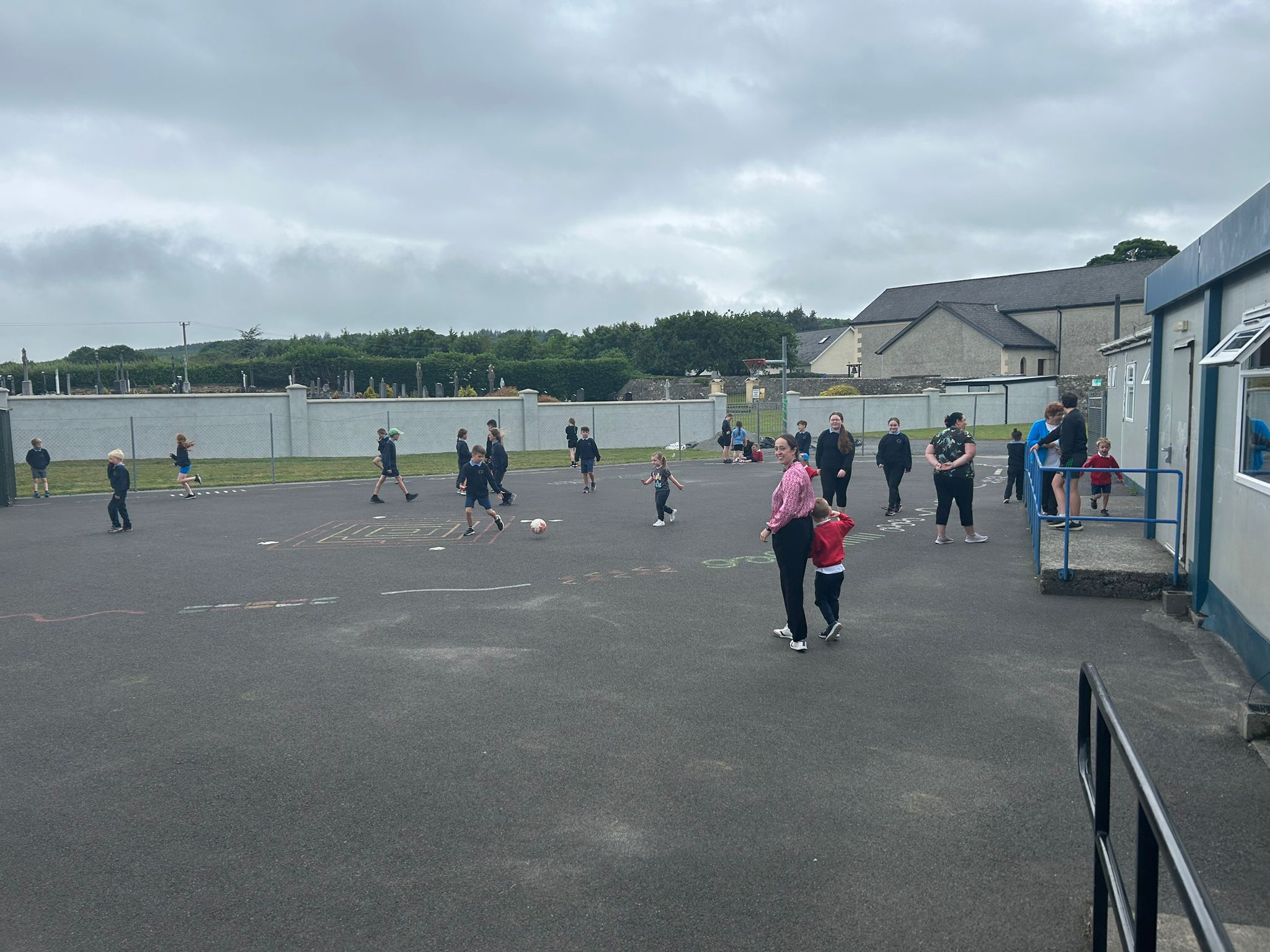
Tresa explained: “This is where children from the mainstream go in and play or do language with children in the special classes which works really well.
“Our breaks are broken down too and for one of them, all children play together on the yard. So those with special needs get to play with mainstream children and the mainstream children get to understand special needs.
“You eliminate any fear of special needs – they all know each other by name and it is lovely to see in action. It is something we came up with ourselves and it works so well.
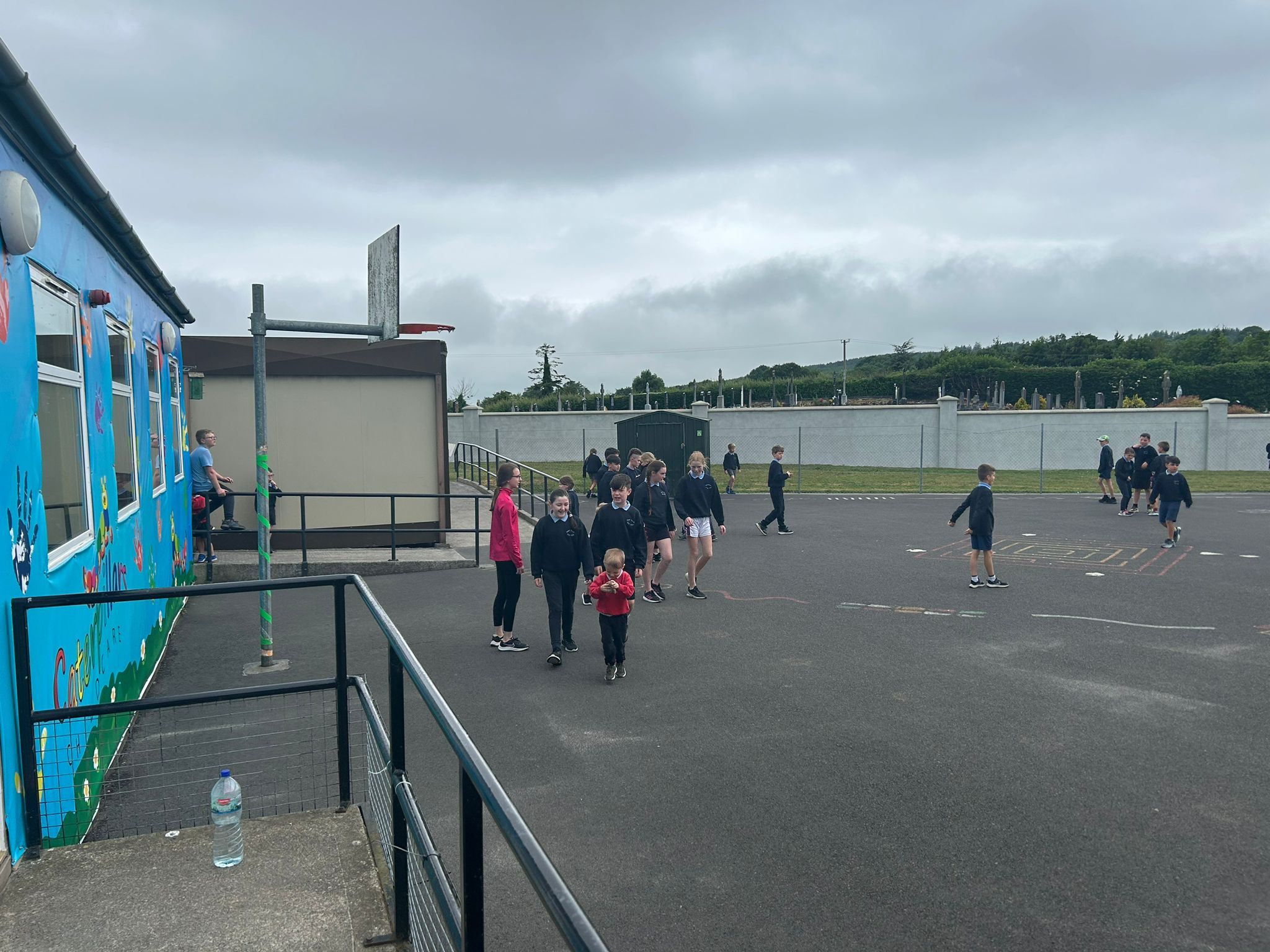
“Parents will tell us that the children have become less disturbed by noise because they are used to it here in the school. It is all about integration and making them part of the whole school community.”
As well as being active in school, Gaelscoil Shlí Dala are also active in the community.
They run run free Irish classes for members of the community on Tuesday nights from September to March.
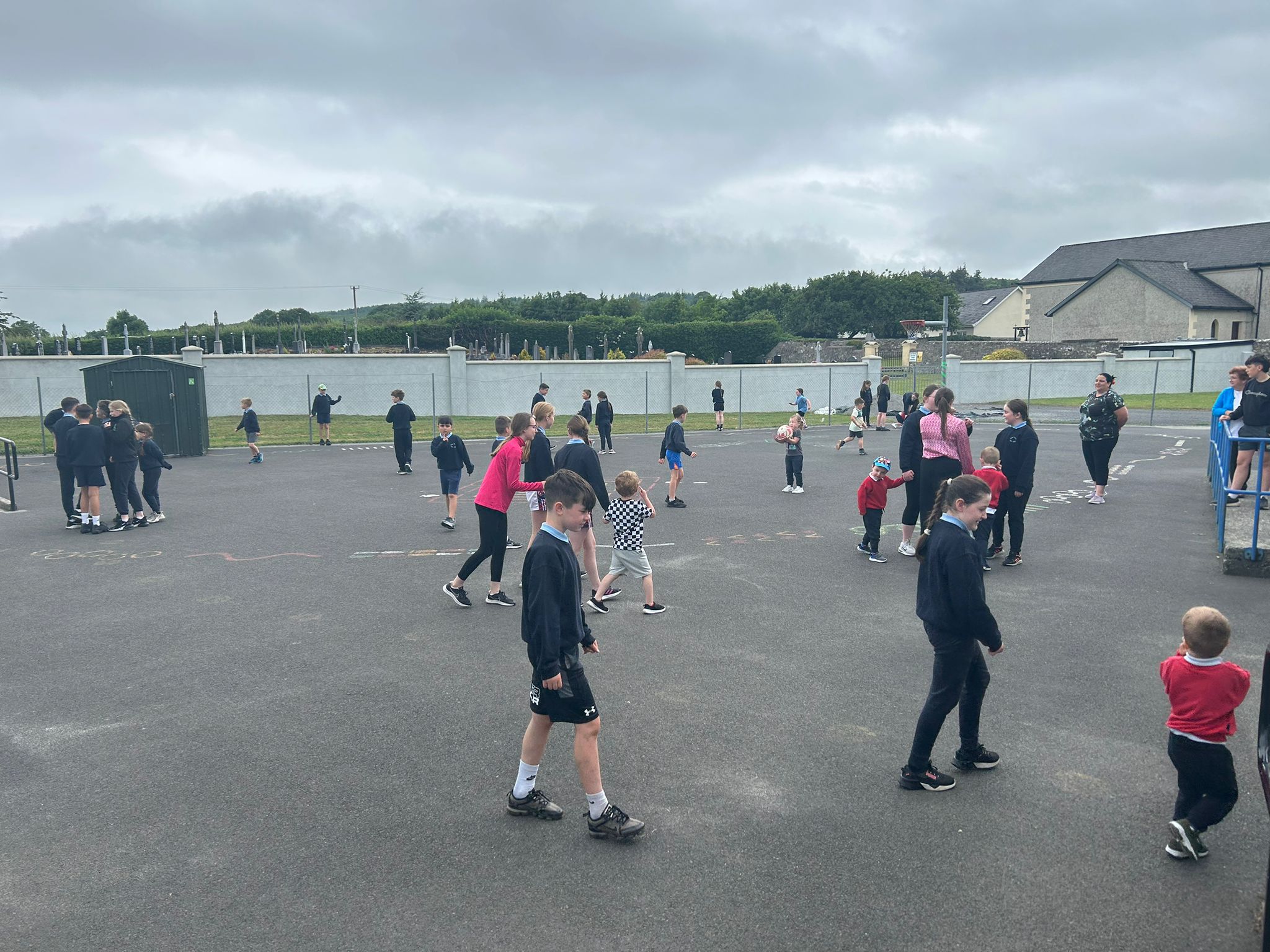
Tresa explained: “All levels of Gaeilge are welcome and it’s a fun space to learn or relearn Irish language.
“People travel from all over the county to these classes and they really prove popular.”
Check out part two of our the story of our trip to Gaelscoil Shlí Dala on Monday where plans for a brand new school will be unveiled.
